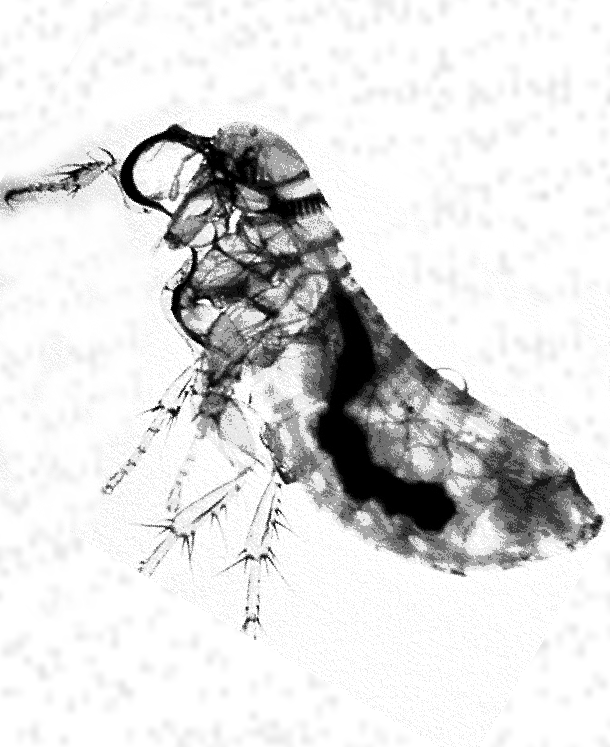Plague outbreak reaches African capital
 The plague has killed at least 40 people in Madagascar in recent months.
The plague has killed at least 40 people in Madagascar in recent months.
The World Health Organisation (WHO) says the outbreak has reached the capital Antananarivo, killing one person there so far.
The WHO warns that the death toll could climb quickly if left unchecked, due high population density and a weak healthcare system.
The plague, a bacterial disease caused by infection from Yersinia pestis is “one of the most deadly infectious diseases”, the authorities warn.
In many cases, humans bitten by a Yersinia-infected flea develop a bubonic form of plague, but they can often be treated with antibiotics.
Sometimes, the bacteria can reach the lungs and cause pneumonia (pneumonic plague), which becomes transmissible from person to person via coughing infected droplets.
Unfortunately the current outbreak is complicated by the high level of resistance to deltamethrin, an insecticide used to eradicate fleas, in Madagascar.
The WHO has not recommended any trade or travel restrictions based on the outbreak.
The last known outbreak of the plague was in Peru in August 2010.
Australia suffered 12 major plague outbreaks between 1900 and 1925, mostly thought to have originated from shipping.
In fact, Australia’s history with the disease saw the studies of Australian medical officers Thompson, Armstrong and Tidswell build the current understanding of the spread of Yersinia pestis to humans by fleas from infected rats.







 Print
Print